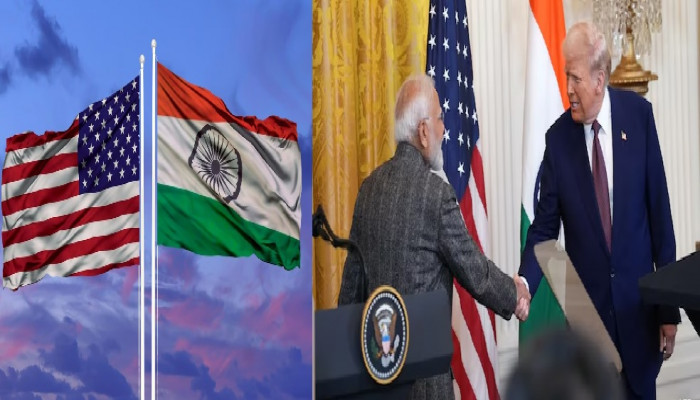Modi and Trump: Plenty of Cooperation Amid Uncertainty
- In Foreign Policy
- 10:26 AM, Feb 15, 2025
- Dhruva Jaishankar
On Thursday, Indian Prime Minister Narendra Modi became just the fourth leader to meet U.S. President Donald Trump in his second term. A visit early in the new administration was intended to consolidate their already productive personal relationship, ensure continued institutional engagement between the two governments, and find pathways to resolving potentially significant differences over tariffs and migration. Perhaps more importantly, the visit was intended to get some quick deals in place – particularly on energy, technology, and defence – that would allow both sides to achieve certain desired outcomes. Trump could make headway in redressing the United States’ trade deficit and generating investments and employment at home. Meanwhile, India would benefit from acquiring commodities, technology, and platforms for its own industrial and security objectives. There were also some strategic developments to discuss, including involving Russia and the Middle East and shared concerns about China in the Indo-Pacific.
In large part, these objectives were met. At their formal bilateral interaction, which also involved four U.S. cabinet officials and Elon Musk, the two leaders demonstrated the conviviality of their previous meetings. Trump and Modi also agreed to continue their governments’ engagement and involvement in the Quad, I2U2, and the India Middle East Europe Corridor (IMEC). The two sides unveiled an overarching U.S.-India COMPACT for the 21st Century and plans to renew their ten-year defence framework agreement. They committed to further cooperation on critical minerals through a Strategic Mineral Recovery Initiative along with U.S. efforts to facilitate India’s entry into the International Energy Agency (IEA). A rebranded partnership on critical and emerging technologies (TRUST) is to focus on AI infrastructure, pharmaceutical ingredients, and space, among other issues. India and the United States unveiled an Autonomous Systems Industry Alliance and an Indian Ocean Strategic Venture. Additionally, the two sides pledged to explore further cooperation on advanced small modular reactors (SMRs), on joint educational degrees and offshore university campuses, and on secure mobility frameworks. There were also agreements on defense purchases and manufacturing, including of Stryker infantry combat vehicles and Javelin missiles, and India’s acquisition of more P-8I maritime reconnaissance aircraft. While much of this had been anticipated, there were some surprises, including a review of U.S. policies for the release of fifth generation fighter jets and undersea systems, and the extradition from the United States to India of Tahawwur Rana for his involvement in terrorist activity.
However, the meeting’s otherwise productive outcomes were partly overshadowed by some areas of uncertainty. Earlier the same day, Trump announced reciprocal tariffs to apply globally which – while not only targeting India – threaten to potentially harm trade relations between the two countries. In remarks, Trump did single out India for having particularly high tariffs. Should the United States match India’s rates, it would potentially set back bilateral goods trade. The announcement did offer some leeway (until April 1 for the U.S. government to assess the situation) before the consequences would be made clear. For its part, India appears to have highlighted Indian investments in the United States, recent steps it has taken to reduce tariffs on some items, as well as shared concerns about Chinese overcapacity. Indian foreign secretary Vikram Misri characterized the possibility of concluding a Bilateral Trade Agreement (BTA) later this year – which Trump also repeatedly mentioned – as an “opportunity” for both sides. The United States and India were close to a similar deal in early 2020, which Washington chose not to conclude. Indeed, in their joint statement, the two countries pledged to work past their present disagreements and aim to double their trade to $500 billion by 2030.
Another uncertainty involved Trump’s loose talk about working with Russia and China to reduce nuclear tensions and potentially cut defence budgets. To be sure, India would welcome a thaw in ties between its partners in Washington and Moscow, and a satisfactory resolution to the war in Ukraine, and Modi said as much in his joint appearance with Trump. However, the possibility of the United States working more closely with China, perhaps seeking certain strategic accommodations, would worry New Delhi given its own security predicaments. While the details of any such dialogue remain notional, Trump’s comments underscored the necessity of having such a meeting early in his tenure to set the tone for bilateral India-U.S. relations over the next four years.
This article was originally published by ORF America and has been reproduced with permission.







Comments